In design, mother nature is our best teacher
Van de Treux
Let’s begin with this quote by Van de Treux, an American interior designer. Nature has never failed to inspire us with its breathtaking beauty, intricate ecosystems, and the endless wonders.
Nature is indeed beautiful and has always been the greatest source of inspiration to humanity. There are numerous instances where a bird, animal, or tree was an inspiration for designing buildings. It doesn’t stop here. Nature inspires us in mainly three ways, namely, the generation of new processes, designs, and materials. This is the essence of Biomimicry, which in itself is a huge domain and is beyond the scope of this blog post.
For today’s post, let’s touch upon instances where nature inspired architects in their design process.
Avian Elegance: Beijing National Stadium’s Striking Bird’s Nest Design
This circular- shaped stadium drew its inspiration from a bird’s nest. Just like twigs surround a nest, two Swiss architects Herzog & de Meuron used steel rods/ cladding. Just like how the bird gets insulation and protection, this stadium is well protected from the elements and also soundproof due to its ethylene tetrafluoroethylene (ETFE) panels between the steel gaps.

Senegal’s Tower of Life: Where Nature’s Elements Converge in Architectural Harmony
By the looks of it, you might wonder what element or organism in nature does it resemble. But, the fun fact lies in its construction material. It is wrapped in a printed earth material. It is a living system representing energy, water, air, culture, and robotics.
Kingfisher’s Grace: The High-Speed Elegance Behind Bullet Train Design
When bullet trains travel at high speeds through a tunnel, it results in a sonic boom, resulting in noise pollution. They turned to nature for help and the kingfisher bird came to the rescue. The fascinating feature of the bird was its beak design which helped it glide through air and water fluidly.

Propelling Progress: The Nature-Inspired Dance of Biomimetic Propellers
Windmills and other products associated with them like fan blades and propellers require a sleek edge and clean cut for a minimal drag and optimal lift. However, the hunchback whale has a bumpy and tubercle fin. This way, the whales had a steeper angle of attack. Upon applying the same concept to design windmills, the drag was down by nearly a third and the lift shows improvement by a staggering 80%.
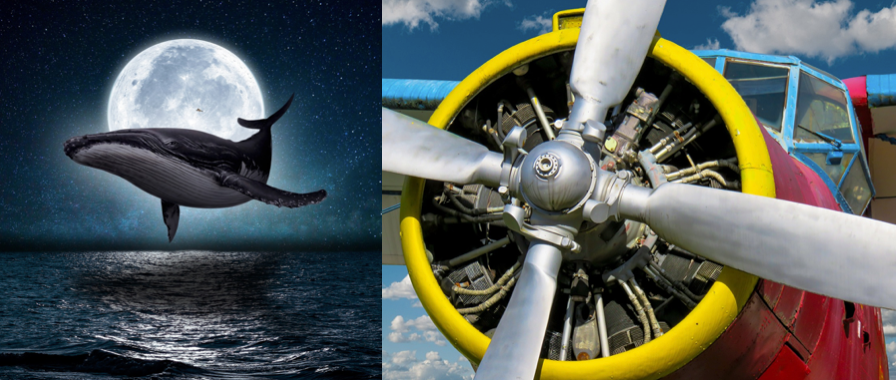
Holistic Harmony: Unveiling the Architectural Brilliance of Council House 2
CH2 falls under the umbrella of biomimicry for its architectural composition. The ventilation is tapered and hence integrates with daylighting strategies helping in heating and the concrete flooring helps with cooling.
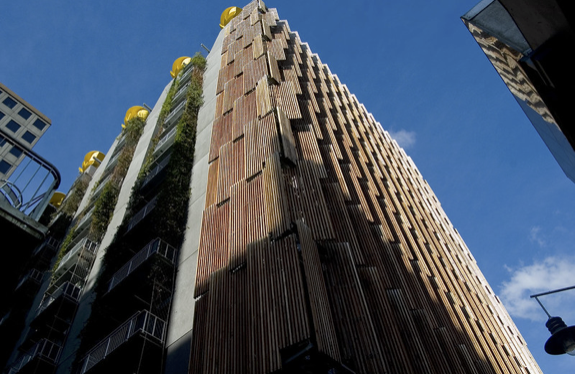
Artful Wings: Milwaukee Art Museum Soars with Biomimicry Brilliance
This interesting-looking building has acquired several elements from nature. Let’s look at them in detail:
a. Wings of a bird- the mobile steel blinds
b. Sailboat- a wired bridge with a raised mast
c. Wave- curved single-floor gallery
How many of these elements could you identify?
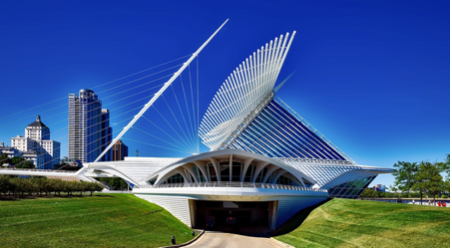
Nature’s Blueprint: Exploring Biomimicry at Zimbabwe’s Eastgate Center
This is by far the most astounding example of biomimicry. Would you believe that this huge shopping mall with an office inside has no AC or heating systems? This is entirely taken care and the temperature of the building is constantly regulated throughout the year. Thanks to African termites who exhibit self-cooling. These African termites build large mounds with a fungus inside. The ventilation at the castigate center works similar to this. Also, the building is made of concrete flooring.

Eden Project’s Biomimicry Oasis: Nature’s Secrets Unveiled
How interesting is it to see a tiny soap bubble could be an inspiration for constructing a building? This project in London which looks like soap bubbles are green houses. Architects were exploring the perfect way to create a spherical surface for a greenhouse using hexagons and pentagons. The overall structure of the building looks like a soap bubble, but the structural system consisting of hexagons and pentagons was arrived at after studying pollen grains, radiolaria, and carbon molecules. The construction material was ethyl tetrafluoroethylene and steel.
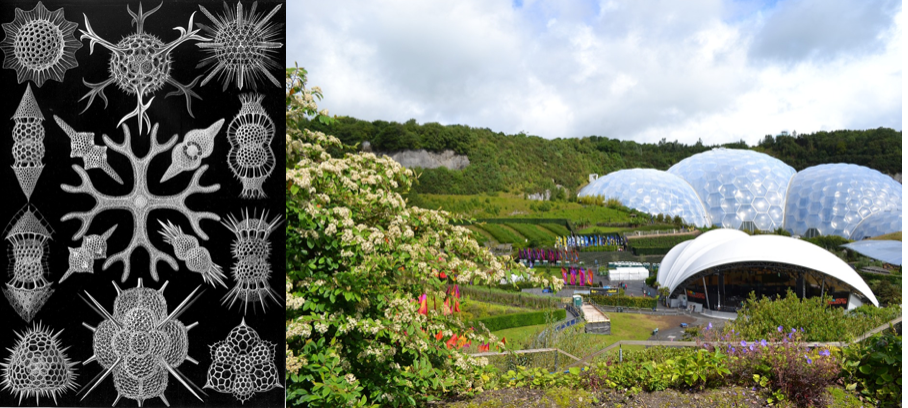
Durian Drama: The Sweet Inspiration Behind Singapore’s Theatrical Marvel
The building resembles the skin of a durian fruit (a local delicacy enjoyed in Singapore). It looks not just fancy but the entire framework and triangular aluminum give a natural lighting to the theatre as it adjusts to the position and angle of the sun. There is also a dramatic effect of shadows which attracts a lot of people.

Gaudi’s Nature-Inspired Opus: The Spellbinding Biomimicry of Sagrada Familia
The long column of this church spanning the floor to ceiling resembles a forest and the lights from the sky reflect light around the building making it look beautiful.
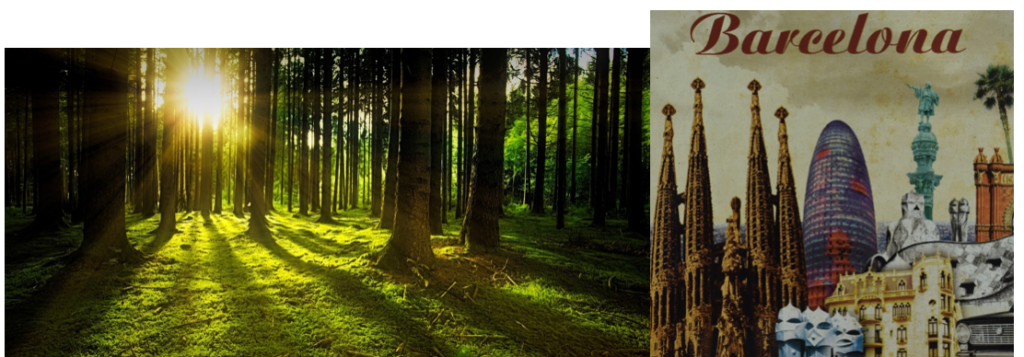
Oceanic Breath: Unveiling the Gherkin’s Architectural Ode to Sea Anemones
If you are from the UK, do not miss this spot. It is the most iconic building in London. It has taken inspiration from sponges and sea anemones to improve its ventilation. They direct the flow of water through their bodies and the ventilation in this building works the same.
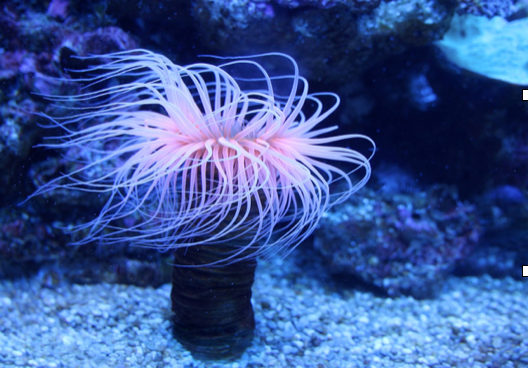
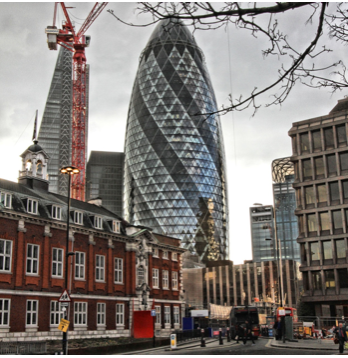
Green Innovation Blooms: BIQ Hamburg’s Biomimicry Marvel
We have seen a lot of buildings being designed taking inspiration from an animal, plant, or tree. But, this building, also known as the algae building is entirely built of algae! Yes, you read it right. Living microalgae! This filters out the sunlight in summer and lets more sunlight in the winter, so the building is always kept at an optimal temperature. The fun part is that these algae are harvested and recycled into biogas.
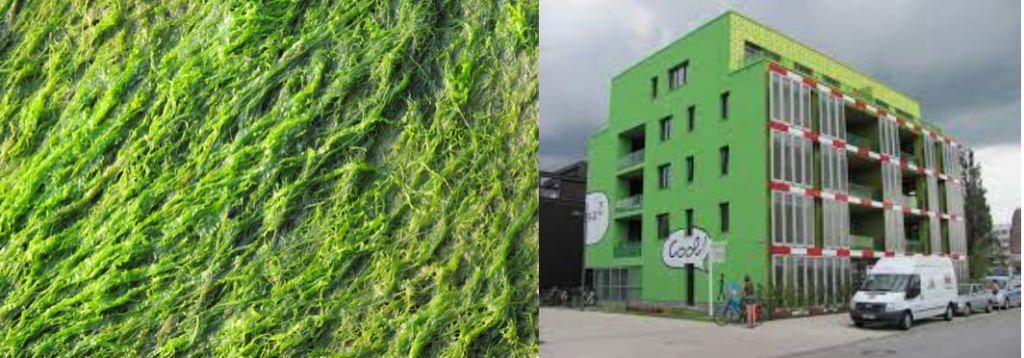
Leeds’ Architectural Gem: Discovering the Beauty of Maggie’s Yorkshire
I was astounded when I first saw this image. It feels like you are living amidst trees. It was designed by the Heatherwick studio for Maggie’s, a charity support for those affected by cancer. This was initially a medical building in the St. James University Hospital in Leeds, UK. The transformation was necessary to help cancer patients away from the clinical environment.
Feather-Friendly Futures: The Rise of Bird-Safe Glass in Urban Landscapes
Windows are a crucial aspect of a building. We all enjoy sitting next to our windows sipping on our morning tea, don’t we? But, the glass windows are a threat to birds. They cannot recognize the physical barrier and fly into it. Sometimes, their reflection on the glass makes them think it is another bird and start attacking the glass. This problem needs to be solved and a company named Ornilux Birdsafe Glass drew inspiration from the strands of spider webs which are UV reflective. The birds can recognize this and stay away from the glass. This concept was applied to the designing of windows with crisscrossing UV glass, hence making bird-safe glass windows.
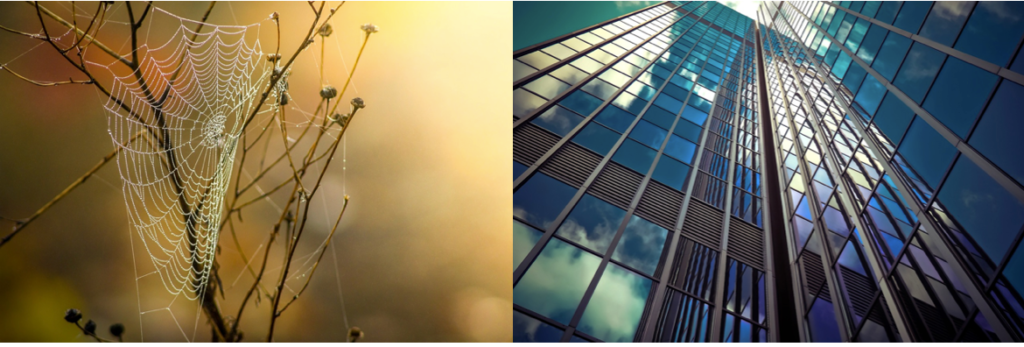
Innovative Structures: The Healing Touch of Self-Repairing Concrete
Until now, we have seen a lot of buildings inspired by nature. Let’s see how nature can also inspire us with building materials. This exciting discovery by Hendrik Marius Jonkers from the Netherlands self-repairing concrete. Concrete is a strong material and is usually used for the construction of buildings. But, they also degrade quickly and cost billions of dollars to repair them. What inspired this discovery was a bacillus bacteria that produces limestone and that thrives on concrete. The bacteria stays dormant until the concrete cracks and gets exposed to sunlight. And once that happens, it springs back to action by producing limestone and thereby healing the concrete.
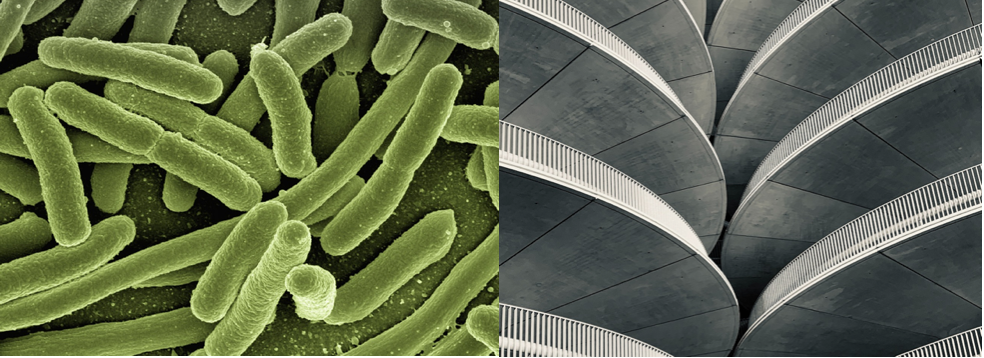
Fascinating isn’t it? Which one of the above designs did you find the most intriguing? Comment below.

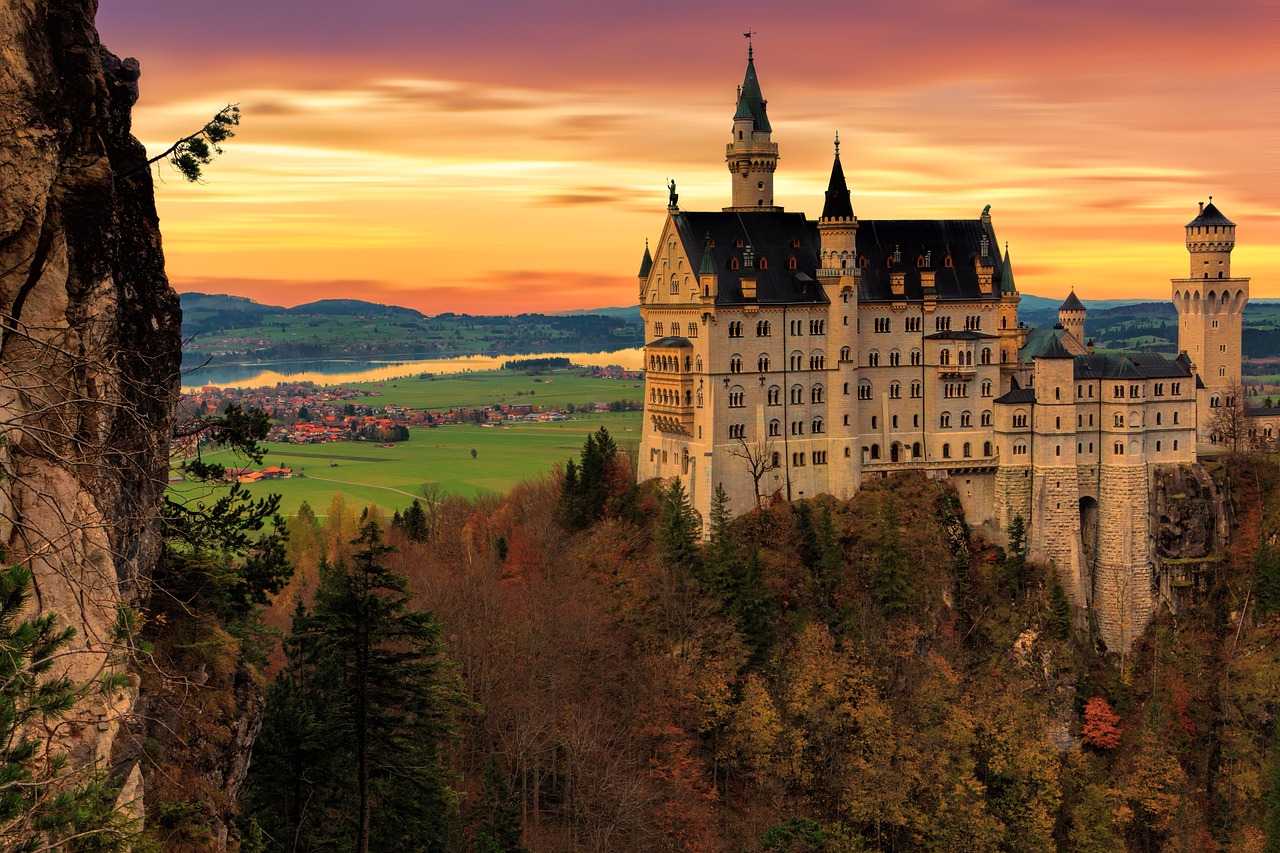
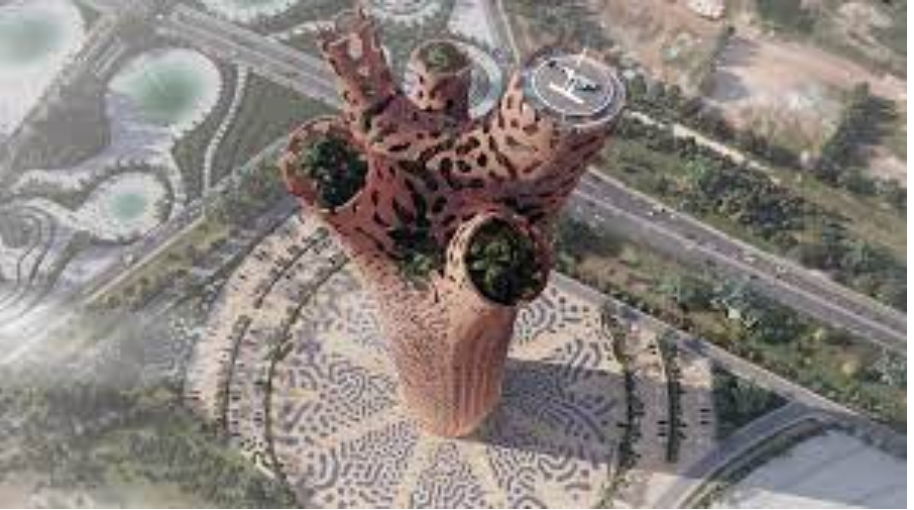
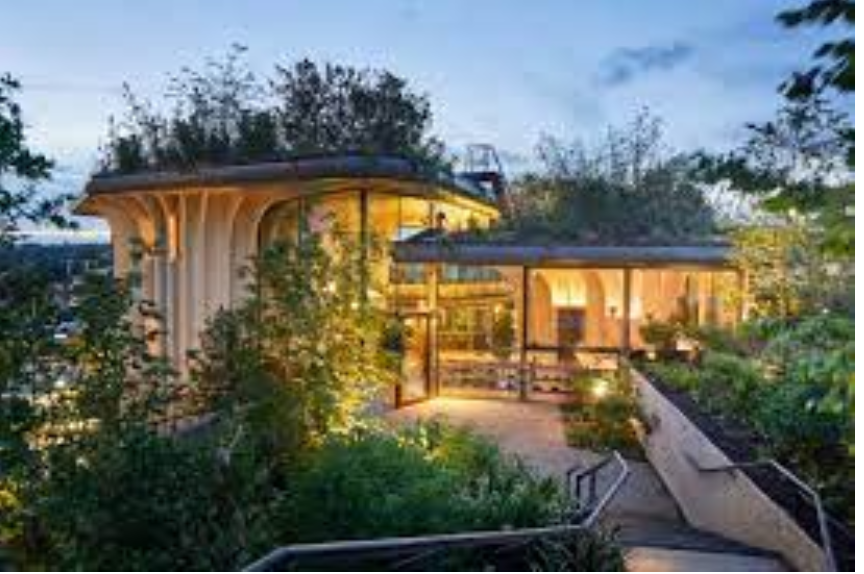
Interesting read! Thanks for sharing.